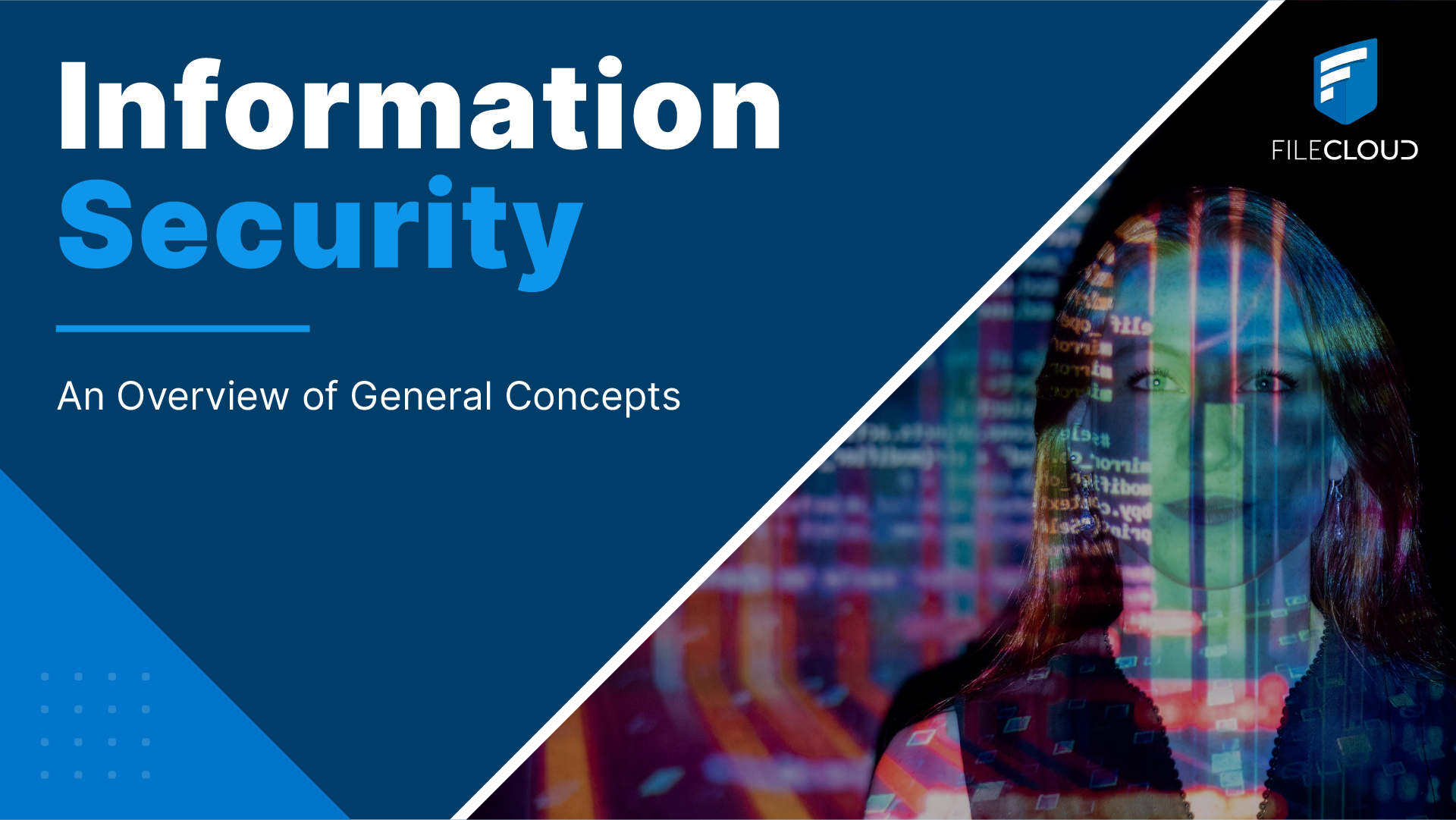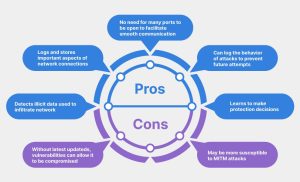Table of Contents
In an increasingly connected world, where data breaches and cyber threats are becoming more common, understanding core security concepts is essential for both individuals and organizations. Security concepts form the foundation for developing robust defense mechanisms that safeguard sensitive information, systems, and networks from potential attacks. By gaining a solid understanding of these concepts, businesses and individuals can ensure that they are better prepared to protect their digital assets in today’s ever-evolving cyber landscape.
What Are Security Concepts?
Security concepts refer to the fundamental principles and strategies used to protect information and systems from unauthorized access, misuse, or damage. These concepts include a range of techniques, policies, and technologies designed to ensure the confidentiality, integrity, and availability of data—often referred to as the CIA Triad. Moreover, security concepts extend beyond technology and include human behavior, processes, and organizational policies that contribute to the overall security posture.
The CIA Triad: A Core Security Concept
The CIA Triad is at the heart of most security frameworks and serves as a starting point for understanding information security:
- Confidentiality: Confidentiality involves ensuring that sensitive information is only accessible to those authorized to view it. This concept emphasizes preventing unauthorized disclosure of data, whether through encryption, access controls, or other measures.
- Integrity: Integrity refers to maintaining the accuracy and reliability of data.
- Availability: Availability ensures that data and systems are accessible when needed. This is crucial for organizations that rely on continuous access to their networks and applications. Downtime, whether caused by natural disasters, cyberattacks, or system failures, can be costly. Redundancy, backup systems, and disaster recovery plans are vital to maintaining availability.
Access Control: Ensuring Proper Authorization
Another essential security concept is access control. This refers to the mechanisms and policies that determine who has the right to access specific systems, data, or resources. Access control typically relies on authentication (verifying the identity of a user) and authorization (granting or denying access based on the user’s role or credentials).
Access control can be divided into several types:
- Discretionary Access Control (DAC): Resource owners decide who gets access to their data or resources.
- Mandatory Access Control (MAC): Access rights are determined by a central authority based on security classifications.
Ensuring strong access control measures helps prevent unauthorized users from gaining access to sensitive data and critical systems.
Encryption: Protecting Data in Transit and at Rest
Encryption is a fundamental concept in security, especially in the context of protecting data both in transit and at rest. It involves converting readable data into an unreadable format using a cryptographic key. Without the appropriate key, the encrypted data is virtually impossible to decipher, providing an additional layer of security.
For example, when users enter sensitive information, such as credit card details, into a website, that data is often encrypted using SSL/TLS encryption, ensuring that it cannot be intercepted by malicious actors as it travels across the internet. Similarly, encryption of data at rest (stored data) ensures that even if a device is lost or stolen, the information on it remains secure.
Firewalls and Intrusion Detection Systems (IDS)
Firewalls are one of the most well-known security concepts, acting as a barrier between a trusted internal network and untrusted external networks, such as the internet. They monitor incoming and outgoing traffic, allowing or blocking specific traffic based on a predefined set of security rules. By controlling access, firewalls help prevent unauthorized users from accessing sensitive resources.
Unlike firewalls, which block or permit traffic, IDSs focus on detecting and alerting administrators to potential security threats. Some systems also include Intrusion Prevention Systems (IPS), which can take active steps to block or contain malicious activity.
Multi-Factor Authentication (MFA)
As cyber threats become more sophisticated, relying solely on passwords for security is no longer sufficient. Multi-Factor Authentication (MFA) is a security concept that requires users to provide multiple forms of verification before gaining access to a system. MFA typically involves combining something the user knows (like a password), something the user has (like a phone or security token), and something the user is (like a fingerprint or facial recognition) security concepts.
Security Policies and Employee Awareness
Beyond technology, effective security also relies on clear security policies and employee awareness. Human error is often the weakest link in cybersecurity, and attackers frequently exploit this through phishing and social engineering attacks. Organizations must implement robust policies to govern acceptable use, password management, and incident response procedures. Additionally, employee training is crucial in ensuring that staff members are aware of the risks and best practices when handling sensitive information security concepts Connexus Energy.
Conclusion: Strengthening Security Through Core Concepts
In conclusion, understanding and applying security concepts is essential for protecting digital assets and maintaining a robust security posture. From the CIA Triad to encryption, access control, and multi-factor authentication, each of these principles contributes to a multi-layered defense strategy. As technology evolves, so do the threats, making it even more critical to stay informed and proactive in implementing the best security practices. By focusing on these core concepts, individuals and organizations can significantly reduce their risk of falling victim to cyberattacks and ensure the safety of their valuable data.


